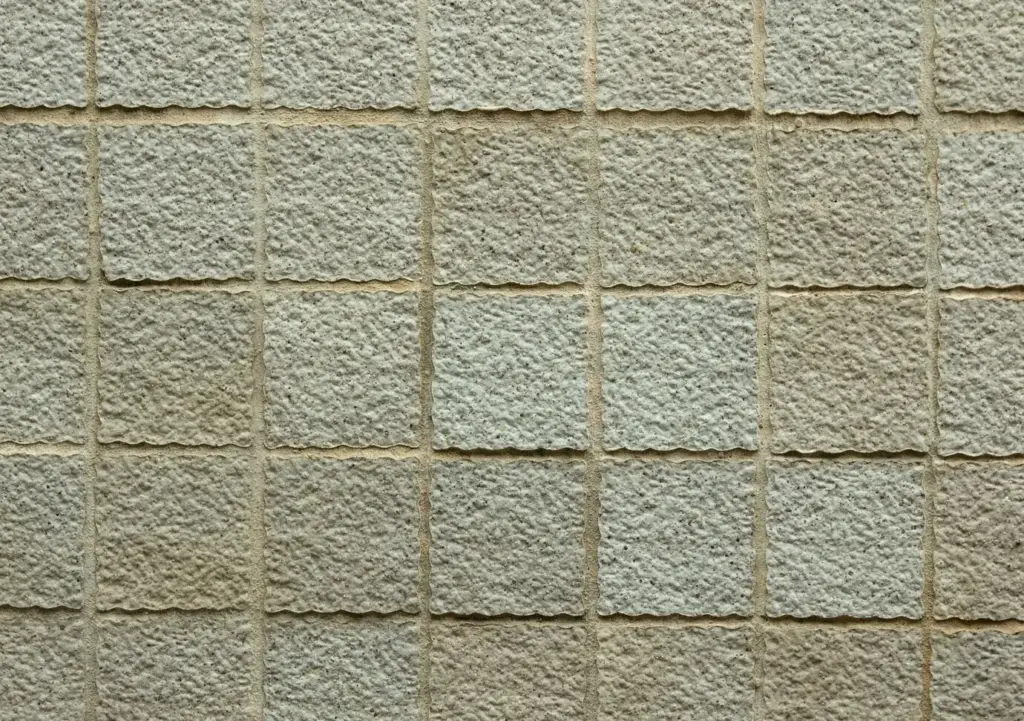Build Faster, Smarter: Mastering CLT Installation On Site
Groundwork That Sets the Pace

Survey Lines That Never Lie
Laydown Zones That Keep Cranes Moving
Protection Before Production
A Flow That Uses the Crane Only Once

Level-by-Level Logic
Stack your structure in a way that turns each completed area into a reliable platform for the next. Walls that define stiffness early simplify later floor placements. Start where the building grid is strongest and continue in a consistent direction. Use corner anchors and straight edges as permanent guides. A team in Oslo used a diagonal sweep pattern to avoid crane shadow on key zones, finishing a floor a day faster without ever revisiting a panel.
Temporary Bracing That Disappears on Schedule
Stack your structure in a way that turns each completed area into a reliable platform for the next. Walls that define stiffness early simplify later floor placements. Start where the building grid is strongest and continue in a consistent direction. Use corner anchors and straight edges as permanent guides. A team in Oslo used a diagonal sweep pattern to avoid crane shadow on key zones, finishing a floor a day faster without ever revisiting a panel.
Weather Windows and Dry Paths
Stack your structure in a way that turns each completed area into a reliable platform for the next. Walls that define stiffness early simplify later floor placements. Start where the building grid is strongest and continue in a consistent direction. Use corner anchors and straight edges as permanent guides. A team in Oslo used a diagonal sweep pattern to avoid crane shadow on key zones, finishing a floor a day faster without ever revisiting a panel.
Lifts, Slings, and Gentle Landings
Floor Joints That Move Loads, Not Noise

Spline, Half-Lap, and Shear Keys Compared

Self-Tapping Screws Done the Right Way
Walls That Stand Straight and Stay Anchored

Edges, Tapes, and Sealants That Actually Work
Start clean: dust-free edges make tapes and sealants bond better. Choose products compatible with timber and subsequent finishes, then roll or press them with real pressure, not hopes. Protect against UV if the exposure window is long. Sealant beads should be continuous, tooled, and documented with photos. Keep a simple labeling system so everyone knows which joint received which product and when. That traceability prevents guesswork days later when weather patterns inevitably change.
Temporary Roofs and Smart Drainage
A temporary roof is more than tarps; it is a strategy. Consider modular coverings that move with the crane, creating dry zones where joints can be completed without haste. Provide fall-resistant gutters and sloped pathways so water never ponds on horizontal faces. Keep scuppers open and mark them clearly. After a surprising storm, one crew credited quick-deploy canopies and planned drain routes for avoiding swelling at tight joints, keeping the next morning’s lifts perfectly on schedule.
Moisture Numbers Tell the Truth
Carry calibrated meters and log readings daily. Agree on acceptable ranges with the design team before enclosure and protect panels showing elevated values until they return to target. Photograph measurements and tie them to panel IDs for traceability. If numbers creep up, investigate causes rather than forcing assembly. Transparent data builds trust with owners and inspectors, and it guides onsite decisions about sequencing, heating, or dehumidification. Numbers are not paperwork; they are your future finishes, preserved.




Proof, Photos, and Peace of Mind
All Rights Reserved.